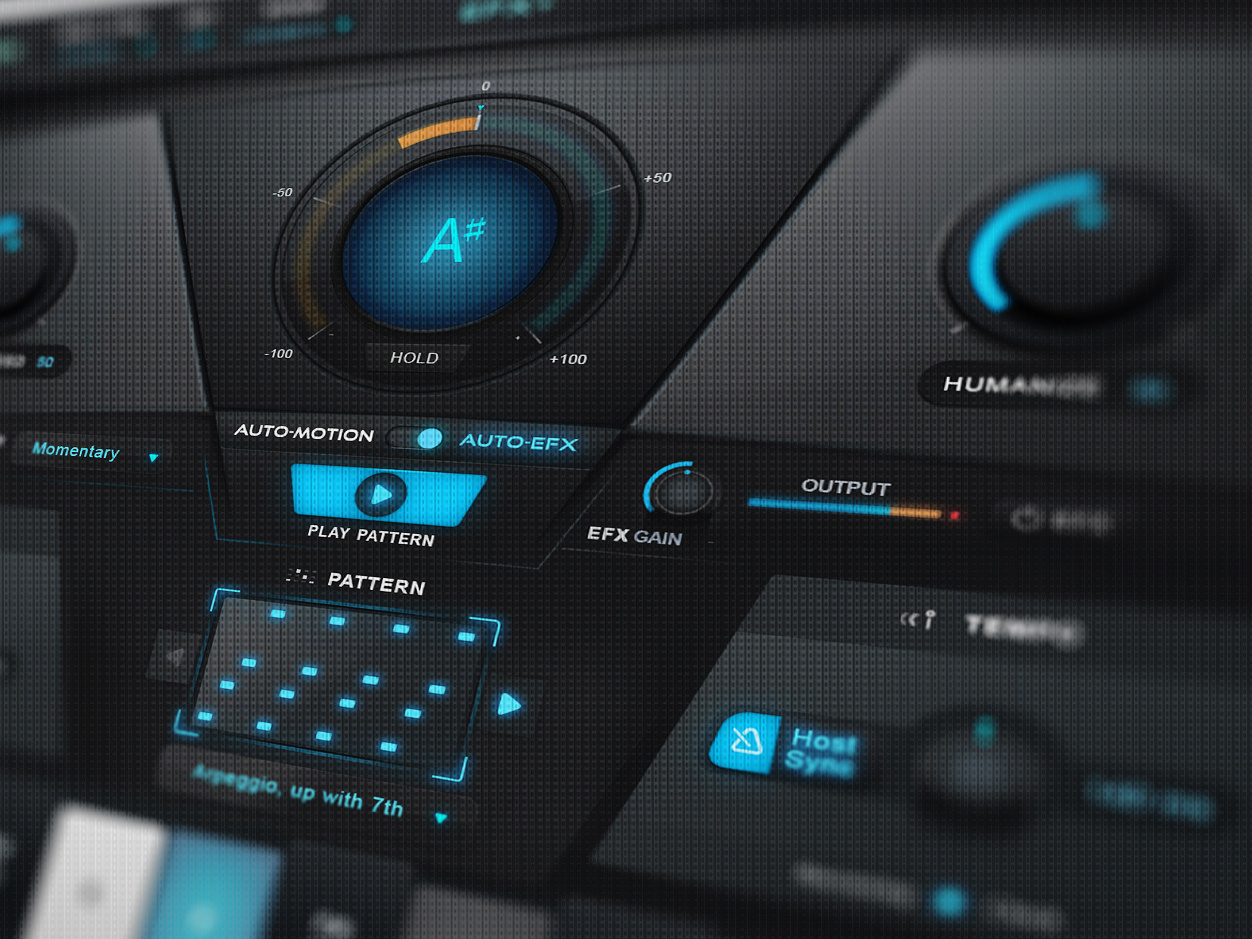

Since the original idea was to ''tune'' your detector, autotune was born. The detector took note of the threshold you set, and circuits attempted to maintain the same threshold level. Some detectors today still feature this form of ''non-motion pinpointing''. This also made for better pinpointing of targets, as you could get close to the target, hit the button to detune the detector, and then zero in on the sharpest signal. The detector “remembered” where you set the threshold, and a push of the button instantly returned it to where you had previously set it. It was a great advance in its day, as pushing a button was much easier than turning a knob to get back the correct threshold. If the faint threshold you had set got too loud or went away for any reason you just pushed a button, and you went right back to the original threshold setting. The first solution to this issue was push-button retune. This slightly detuned the detector and gave up the fine edge, but eliminated false signals from small depressions in the ground.Įarly 1970s "Mineral - Metal" ttuner control What I did myself was hold the detector an inch over the ground, tune it, and then lower it to the ground. If you had the detector tuned to a fine edge, going over even the slightest depression gave a false positive signal. This was mostly an issue with small depressions in the ground. If you lowered it the detector ''detuned'' and the threshold went away. So if you raised the coil you got a false signal. It did so rather rapidly, and so you constantly had to adjust the faint threshold setting manually to keep it on that vital edge.Īlso, the machines of the day could not ground balance.

As the machines adjusted to temperature differences, or as the batteries ran down, the threshold changed. The faint sound you set would either get louder or fainter. First, the detectors of that day ''drifted''. No motion was required to get a signal, and so this mode of detecting is referred to as the ''non-motion mode''. When the detector was moved off the target, the sound went away. You could hold the detector over the target when you found it, and the increase in sound held steady. An increase in this sound meant you had a target. A very faint sound you could barely hear. You held them at a fixed height over the ground and manipulated a ''tuner'' until you got a bare threshold sound. Prior to the 1980's most detectors had to be ''tuned''. Autotune is something so common now it is taken for granted, but it is a key feature when considering how detectors work, especially those designed to work with a faint threshold sound, like most nugget detectors. What is metal detector “autotune” or automatic tuning? Not automatic ground balancing or automatic ground tracking.


 0 kommentar(er)
0 kommentar(er)
